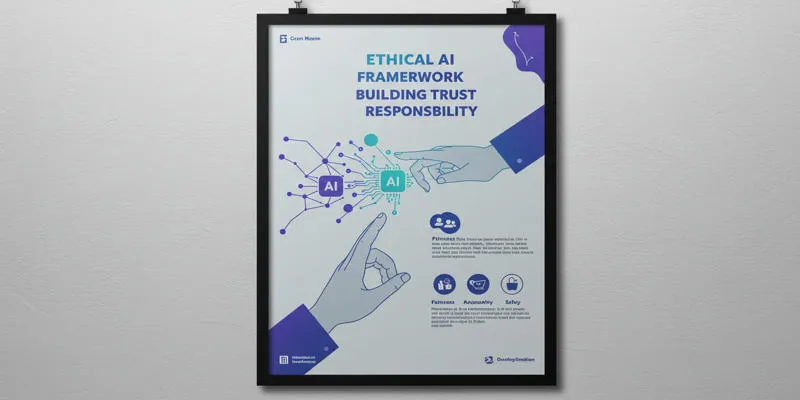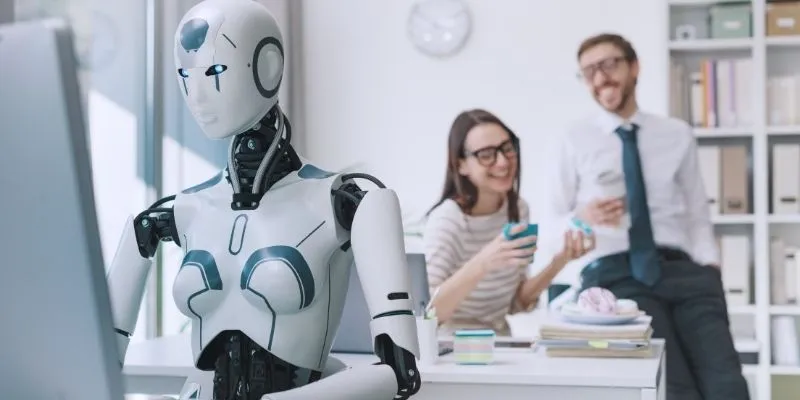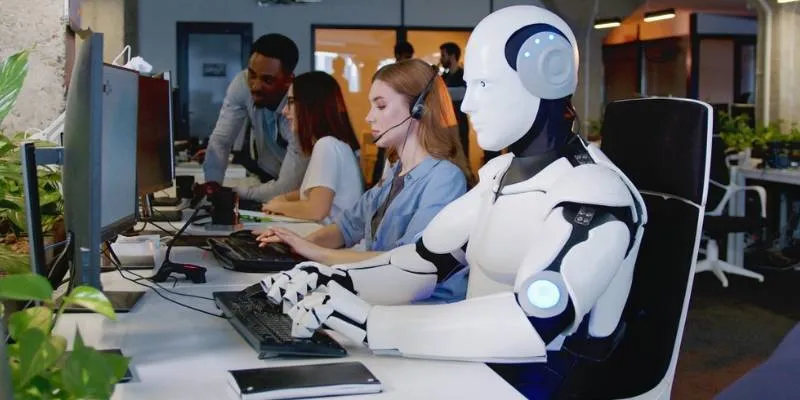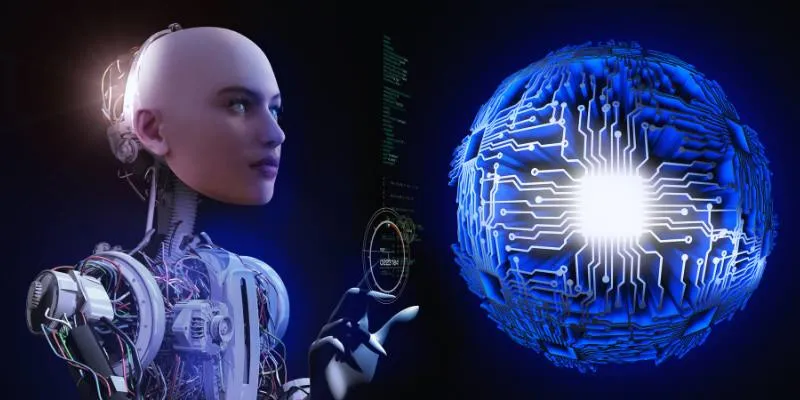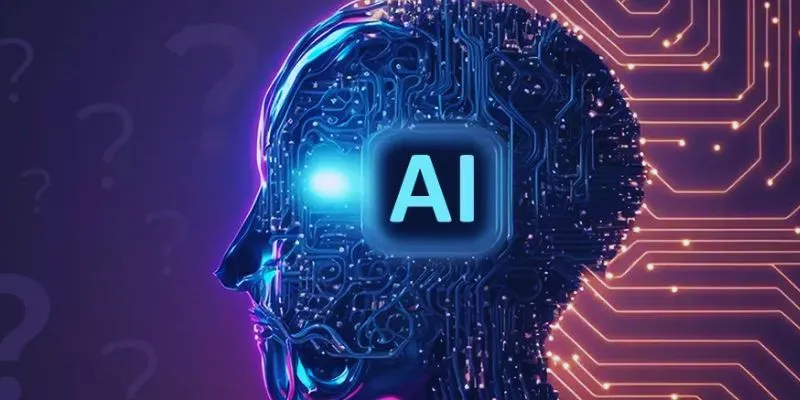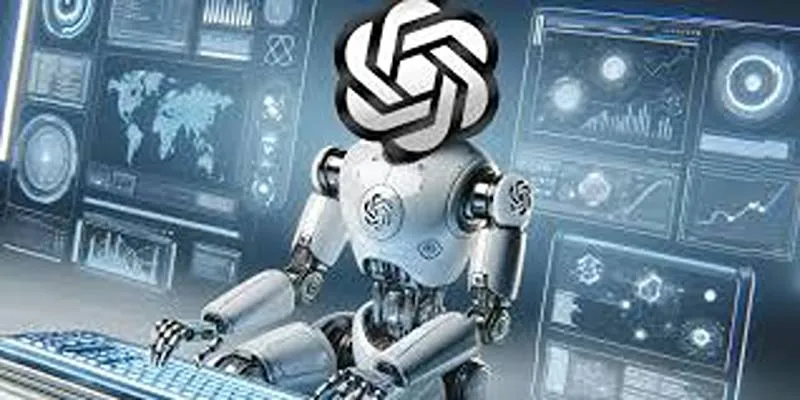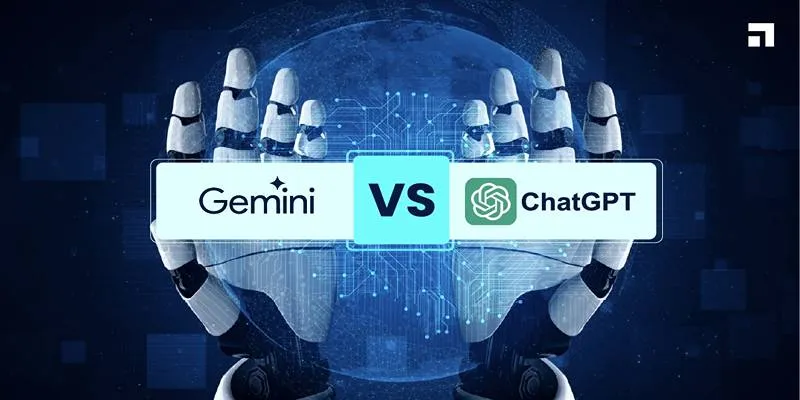CES 2025 in Las Vegas delivered one of its most striking moments yet when humanoid AI robots took center stage — not as stiff prototypes, but as capable service providers. They greeted attendees, carried trays of food, gave directions, and even folded laundry, blending into the event as though they had always been there.
These machines no longer felt like experimental curiosities kept behind ropes. Instead, they showed what’s possible when artificial intelligence and mechanical design meet real-world needs. Visitors didn’t just watch them work; they interacted with them as if they were part of the staff, a sign of how far things have come.
The Rise of Full-Service Robotics
The shift this year was clear. Companies were not simply showing robots that could walk and wave. Instead, they showcased humanoid AI robots capable of performing meaningful, everyday jobs in restaurants, hotels, hospitals, and homes. Demonstrations featured robots taking orders, delivering plates, scanning grocery shelves, and politely chatting with people who stopped to ask questions. Visitors found themselves following directions from a robot concierge or watching one help someone into a chair during a healthcare scenario.

Unlike earlier years, these robots didn’t remain fixed to a display stand, running a set routine. They roamed the halls, engaging visitors naturally. One exhibitor had a robot welcome people to a mock hotel counter, complete with room key delivery and luggage assistance. At another booth, a robot stocked products in a simulated grocery aisle and fielded questions about pricing and availability. There was even a kitchen station where a humanoid robot prepared a salad to order, then delivered it with a polite nod. The intent was obvious — these robots are no longer toys or novelties. They’re ready to work.
Natural Interaction and Lifelike Behavior
The most impressive feature on display was how naturally the robots interacted with people. Their verbal responses no longer felt canned, and their speech patterns were closer to conversational rhythm than previous generations. Visitors noted how the robots picked up on facial expressions and hesitations, pausing or offering reassurance without needing specific commands. This subtle awareness made conversations less awkward and more comfortable, even for first-time users.
Their physical movements have improved, too. Many models demonstrated delicate finger control, carefully handling fragile objects like glassware or paper without causing damage. Robots walked smoothly across carpet, tile, and even slightly uneven platforms without stumbling or freezing. They could turn their heads to maintain eye contact during a conversation or adjust their posture if someone moved closer. Some even mimicked subtle gestures, such as nodding in acknowledgment, creating a feeling of being truly “seen” by the machine. These improvements in behavior and movement made it easier for people to treat them as co-workers or assistants rather than just machines.
Real-World Use Cases and Readiness
A significant takeaway from CES 2025 was how close humanoid AI robots are to deployment. Several companies have already announced active pilot programs and contracts in motion. Hotel chains revealed plans to roll out concierge robots at select properties by year’s end. Healthcare providers said they’d start using robots to deliver meals, collect linens, and sit with lonely patients who need someone to talk to. Retailers have noted the ability of robots to keep shelves stocked and assist customers during peak periods, especially when staffing is limited.

For home use, demonstrations showed robots carrying grocery bags from a front door to a kitchen counter, tidying up scattered laundry, and even playing a simple learning game with children. These displays weren’t theoretical; they were designed to reflect real household tasks that people often wish they could outsource. The message was clear: these machines aren’t just capable of working; they’re almost ready for customers to welcome them into daily life. The progress shown this year gave people confidence that humanoid robots will become visible in familiar settings far sooner than many assumed.
Public Reaction and Challenges Ahead
Many visitors at CES 2025 seemed genuinely impressed by how approachable and helpful the robots felt. Longtime attendees even remarked how much friendlier and more capable they seemed compared to previous shows. It was common to see people chatting with robots as if they were staff, asking them directions or testing how well they could handle unexpected questions. However, some skepticism lingered among more cautious observers, who raised concerns about cost, maintenance, and reliability once the robots are taken outside the clean, predictable setting of a convention hall.
Panel discussions addressed some of these concerns, particularly about autonomy and trust. Questions came up about how robots might respond to emergencies, or how much supervision they’ll still require. In sensitive areas like elder care and childcare, human warmth remains a key expectation, and not everyone believes robots are ready to meet that need fully. Nonetheless, these doubts were balanced by an undeniable sense of progress. Even critics agreed that the gap between concept and reality is shrinking fast, and these machines are likely to become a part of our lives sooner rather than later.
A Glimpse Into a Shared Future
The displays at CES 2025 made it clear that humanoid AI robots are no longer distant concepts but practical helpers ready to step into daily life. Attendees watched them handle real tasks with confidence, from greeting guests to folding laundry, sparking curiosity about how they’ll fit into homes, workplaces, and public spaces. These robots demonstrated not just technical skills but a level of social ease that made interaction feel natural. As they move beyond convention halls and into the world, their success will depend on how well they adapt to the unpredictable nature of human life. CES 2025 offered a clear look at a future where people and machines share work and space comfortably.
 zfn9
zfn9





